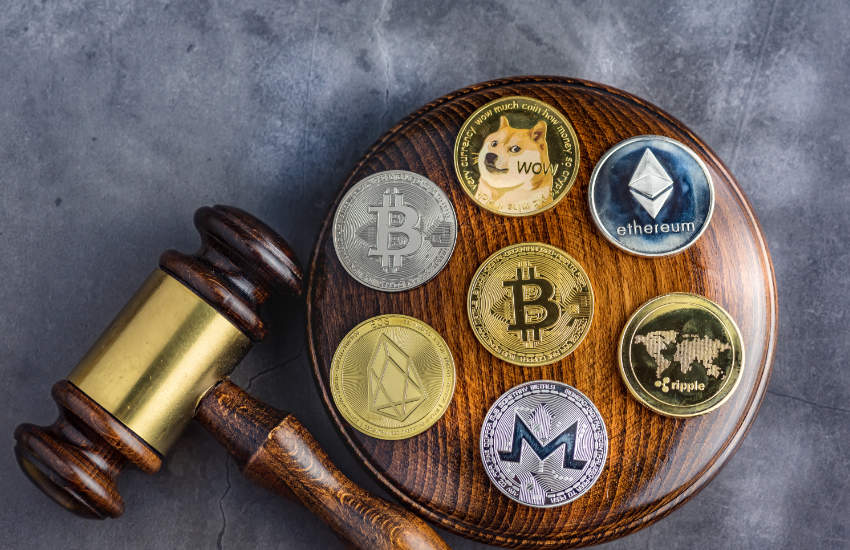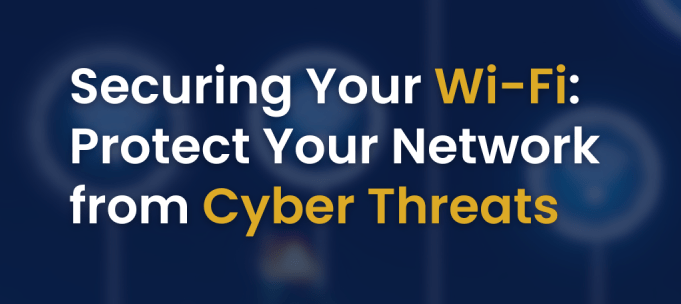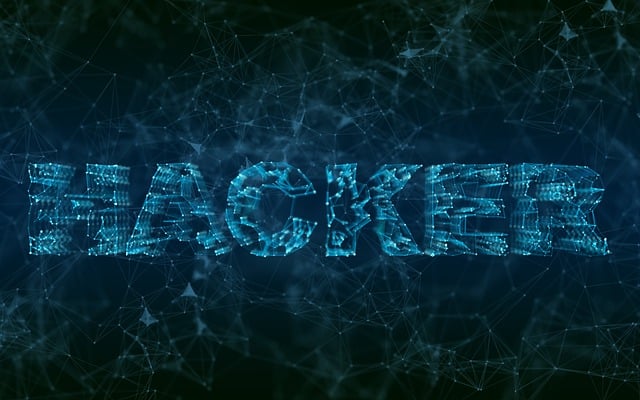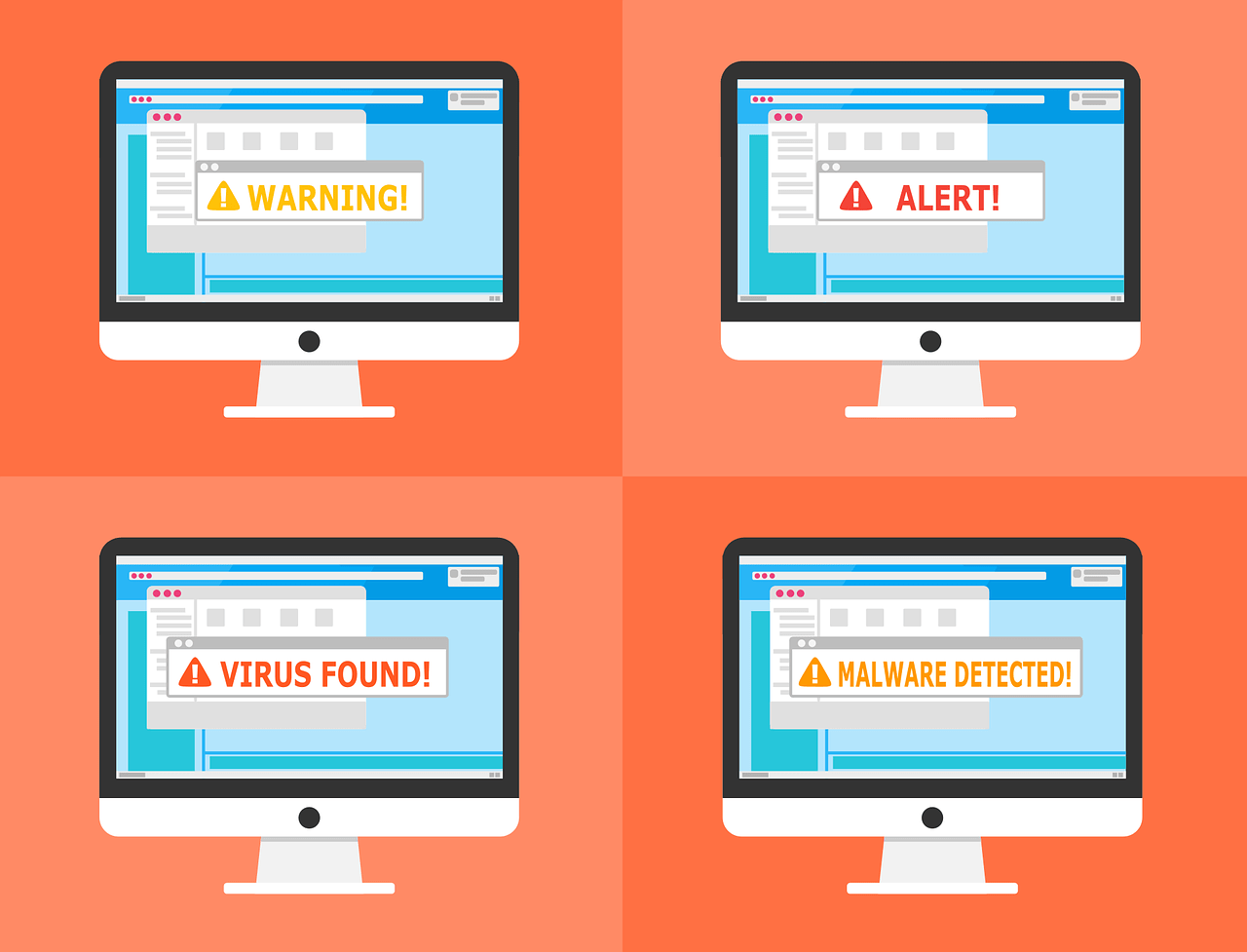Small businesses face countless threats—phishing attacks, ransomware, budget constraints, and, occasionally, over-caffeinated interns. This is the story of Taxify Associates, a mid-sized accounting firm that narrowly avoided financial ruin thanks to a spilled cup of coffee, a frayed carpet, and one overworked IT manager.
Here’s how it happened, step by step.
8:00 AM: Business as Usual
The day started like any other at Taxify Associates. The 12-person team had just closed the books on the busy tax season. Staff were catching up on emails, scheduling client meetings, and ignoring Karen’s weekly IT reminder:
“Subject: Stop Clicking Suspicious Links!
Good morning! Remember to hover over links before clicking them. Phishing attacks are on the rise. DO NOT open attachments from unknown senders.
P.S. This is not optional training.”
No one read it, except maybe Karen herself.
Meanwhile, Jake, the firm’s summer intern, was running late. In his rush to look busy, he arrived with a precarious tower of paper files, his MacBook balanced on one hand, and a steaming latte precariously gripped in the other. The frayed carpet near the server rack—a known hazard—waited for its moment to shine.
9:00 AM: Disaster in Motion
Jake’s balancing act was doomed from the start. As he shuffled toward the filing cabinet, his foot caught on the loose edge of the carpet.
The coffee sailed through the air, flipping in slow motion. It landed with a loud splash—directly on the exposed top of the firm’s main server.
Sparks flew, smoke puffed, and the server let out a dramatic bzzt before going silent. Jake froze, horrified.
Karen rushed in. “What just—oh my… You spilled coffee on the server?!”
Jake stammered something about stress and bad carpet design. Karen facepalmed but quickly snapped into action.
9:15 AM: The Real Problem Emerges
As Karen surveyed the damage, she noticed something odd. The firm’s file-sharing drive was sluggish, and employees were complaining that they couldn’t open client documents.
Karen connected her laptop to the backup server and saw a message that made her stomach drop:
!!! ALL YOUR FILES HAVE BEEN ENCRYPTED !!!
To decrypt your data, send 5 BTC to the address below.
You have 72 hours, or your files will be permanently deleted.
Contact us: hackers@example.com A ransomware attack. The backup server was compromised, and the main server was offline due to Jake’s latte. For a moment, Karen wished she could rage-quit her job.
9:30 AM: Karen’s Epiphany
Karen noticed something peculiar: the ransomware attack seemed to be confined to the backup server. The spilled coffee had caused the main server to crash before the malware could spread to it.
The disconnected state of the main server effectively isolated it from the rest of the network. The hackers hadn’t yet managed to encrypt the firm’s primary client data.
Karen muttered, “Jake, you just saved us with your caffeine bomb. I hate saying this, but… thank you.”
10:00 AM: Incident Response Plan
Karen launched into action. Her years of IT experience had prepared her for this moment (though she’d never planned on coffee being part of the equation).
- Physically Isolate the Backup Server: Karen instructed the team to unplug the backup server from the network to stop the ransomware from spreading further.
- Assess the Damage: She used a clean, air-gapped laptop to inspect the encrypted files. All data on the backup server was unrecoverable without the decryption key.
- Restore the Main Server: After carefully drying the hardware, Karen booted the main server in a clean state. Miraculously, it started without issue.
- Forensics Investigation: Using tools like Wireshark and Splunk, Karen identified the breach’s origin. The ransomware had entered the network via a phishing email.
Here’s the exact phishing email Karen found:
Subject: Important: Tax Document Update Needed
Dear Taxify Associates,
Please find attached the updated tax document for your review.
Click the link below to download:
[http://totallylegitupdate.tax](http://totallylegitupdate.tax)
Best regards,
Client Support Team Carl from Sales admitted to clicking the link earlier that morning. Karen made a mental note to schedule his one-on-one cybersecurity training.
11:30 AM: Recovery in Progress
Karen’s methodical approach paid off. By lunchtime:
- Main Systems Restored: The team retrieved clean backups stored in an off-site cloud repository. (Karen had insisted on off-site backups after a previous scare.)
- End-Point Security Updated: Karen updated all endpoint security tools, patched vulnerabilities, and added stricter permissions to the file-sharing system.
- Phishing Prevention Measures Deployed: Karen set up domain filtering to block suspicious emails.
She also printed Carl’s phishing email and tacked it to the breakroom bulletin board under the title: “DON’T BE LIKE CARL.”
2:00 PM: Debrief and Lessons Learned
Once the crisis was averted, Karen gathered the team for a post-mortem meeting. Key takeaways included:
- Segmentation Works: The coffee-induced crash kept the ransomware isolated. Karen vowed to enforce stricter network segmentation moving forward.
- Training Is Crucial: Cybersecurity is everyone’s job. Carl got an earful and a shiny new book titled Phishing for Dummies.
- Backup Systems Are Life Savers: Without off-site backups, the firm would’ve been at the mercy of hackers.
The now-defunct coffee-soaked server became an office trophy. Karen glued a plaque to it: “In Memory of the Latte That Saved Taxify.”
This quirky tale of near-disaster underscores a critical truth: strong cybersecurity practices are essential for SMBs. While you shouldn’t rely on coffee spills to protect your network, investing in regular backups, employee training, and layered security measures might just save your business one day.
And if your IT manager warns you about phishing emails? Listen to them—or you might end up on the bulletin board next to Carl.
Disclaimer:
While the events described in this case study are based on a real incident, all names, company details, and identifying information have been changed to protect the privacy of the individuals and organizations involved. Any resemblance to actual persons or businesses is purely coincidental.
Justyna Flisk
Justyna Flisk, Senior Editor at Decoded.cc, combines her expertise as a Senior Software Engineer and AI R&D Manager to deliver sharp, forward-thinking content on technology and artificial intelligence. With a passion for innovation, Justyna bridges the gap between technical depth and clear storytelling, ensuring readers stay ahead in the fast-evolving AI landscape.








Leave a Reply